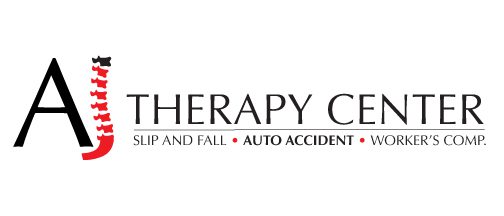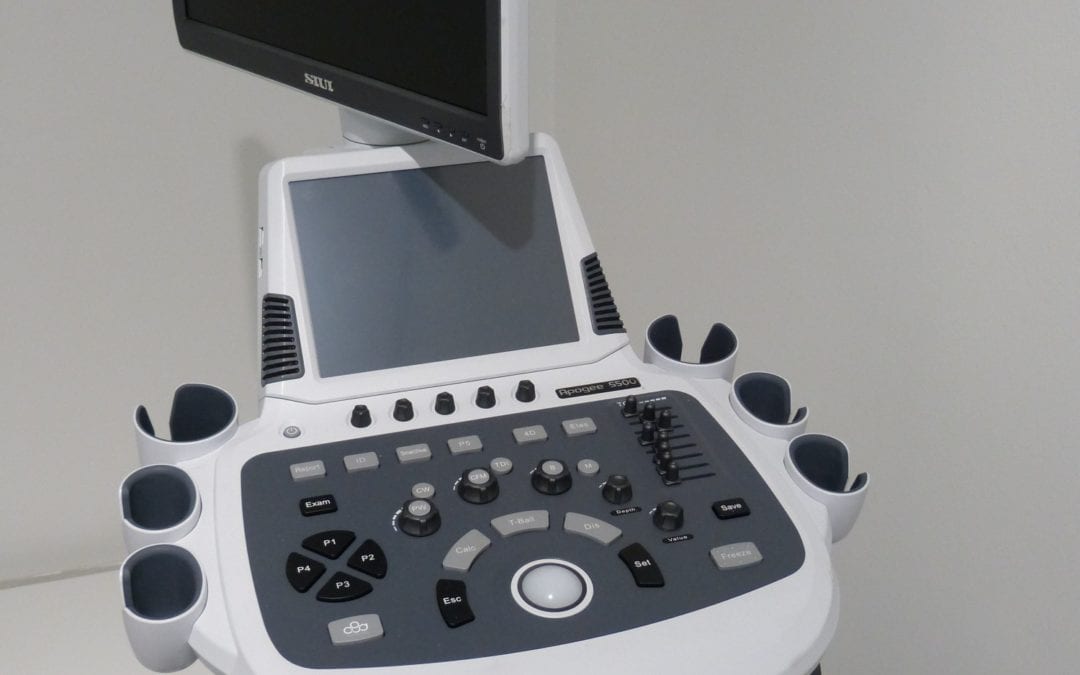Shoulder pain is the third most common musculoskeletal ailment. Cold, or Frozen Shoulder, is a condition in which the shoulder freezes up and movement becomes restricted.
Orthopedic specialists treating Cold Shoulder may sometimes prescribe ultrasound physical therapy as part of the rehabilitation procedure to increase mobility in the shoulder.
If you’re suffering from Cold Shoulder, keep reading to see if ultrasound therapy might work for you.
What Causes Cold Shoulder?
It’s unclear exactly what causes Cold Shoulder, but it is most often seen in patients recovering from a procedure or injury that limits the ability to move over an extended period of time.
It’s also more likely to occur in stroke victims, people suffering from diabetes, and in women during pregnancy.
Cold Shoulder generally starts slowly and worsens over time. Stiffness and pain in the shoulder joint gradually increase. Left untreated, the condition usually resolves itself naturally over a period of up to three years.
How Does Ultrasound Therapy Work?
Ultrasound therapy is a treatment used in orthopedic injuries, including Cold Shoulder. Sound waves are transmitted to the body. Using an ultrasound therapy machine, a qualified physical therapist applies vibrating circular motions to the affected area. The machine’s settings can be changed to adjust the depth and intensity.
The theory is that during application, sound waves entering the damaged body tissues increase blood flow.
Both processes target muscles, tendons, joints, and ligaments. The process is believed to be therapeutic, enhancing healing and decreasing pain.
Ultrasound physical therapy should be used alongside an exercise program, and not as the primary treatment.
Deep Heating Effects vs Non-Thermal Effects
Physical therapy ultrasound is used in two different ways. Both use sound waves.
Deep heating effects use continuous sound waves to loosen tight muscles and tendons. With Cold Shoulder, ultrasound improves the ability of the shoulder to stretch. Improved blood circulation is believed to quicken the healing process by reducing pain and increasing flexibility and range of motion.
Non-thermal effects send sound waves in pulses, as opposed to continuous waves. Ultrasound introduces energy to the body. In a process called Cavitation, tiny gas bubbles around the affected tissues rapidly expand and contract.
Cavitation is believed to speed up cellular processes and improve the healing of damaged tissue.
Your therapist will work with you to decide which will be the most effective therapy for your particular situation.
When Not to Use Ultrasound Physical Therapy
It is advisable not to apply therapeutic ultrasound if any of the following conditions exist.
- open wounds
- metal implants
- a pacemaker
- during pregnancy
- bone damage
- cancerous cells
Doubts About The Benefits of Ultrasound Physical Therapy
Some doubt exists in the medical community over the benefits of ultrasound therapy. Studies exist that show little to no physical improvement.
If after a few treatments you feel that this is true for you, it’s important to let your therapist know.
Pain-Free and Mobile
Opinions over ultrasound physical therapy vary. But it may still be well worth trying in cases of restricted mobility.
Your physician or therapist will work with you to decide which form of treatment is most suitable.
At AJ Therapy Center, we specialize in the treatment of pain and injury. Rather than searching online for “physical therapy near me,” make an appointment or drop by in person at one of our 3 Tampa and St. Petersburg locations.
We specialize in quality physical therapy in Tampa and the St. Petersburg area. Our goal is for you to leave here pain-free and with full mobility.

